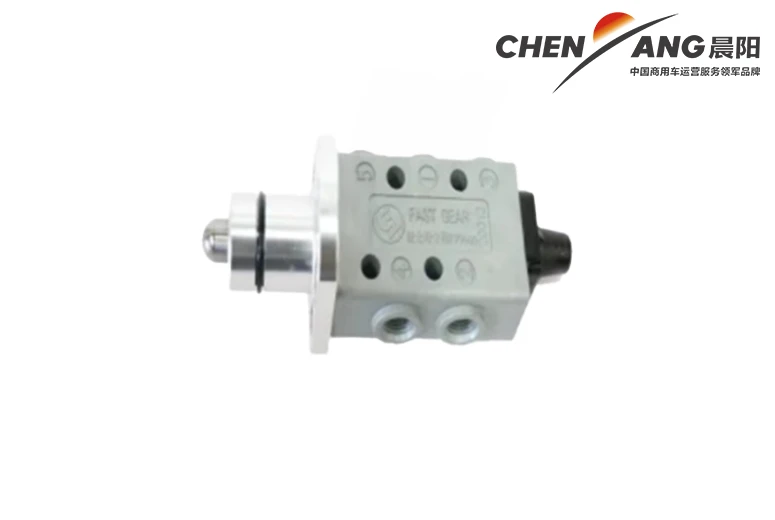Chassis Wiring Solutions for Enhanced Vehicle Performance and Reliability
Understanding Chassis Harness The Backbone of Vehicle Wiring Systems
When it comes to the intricate world of automotive engineering, few components are as pivotal yet overlooked as the chassis harness. This crucial assembly of wires and connectors serves as the backbone of a vehicle's wiring system, integrating various electrical systems and ensuring that everything operates seamlessly. In this article, we will explore what a chassis harness is, its significance in vehicle performance, components, manufacturing processes, and future trends in automotive wiring.
What is a Chassis Harness?
A chassis harness is a complex assembly of wires designed to deliver electrical power and signals to various components throughout a vehicle. These components can include the engine, transmission, lighting systems, sensors, and many other essential functions. The harness is often strategically routed and secured within the vehicle's chassis to protect it from mechanical stress, heat, and environmental factors.
Importance of Chassis Harness
The significance of the chassis harness in automotive design cannot be overstated. First and foremost, it enhances vehicle safety. A properly designed and installed harness minimizes the risk of electrical failures that could lead to accidents or hazardous situations. For instance, a malfunctioning harness could cause flickering lights or faulty brake signals, which could mislead other drivers, resulting in dangerous scenarios on the road.
Furthermore, the chassis harness contributes significantly to the overall performance and efficiency of the vehicle. As modern vehicles become more complex, with electrical systems controlling everything from engine performance to entertainment features, a robust and reliable harness ensures that all systems communicate effectively. In electric and hybrid vehicles, where efficient power distribution is crucial, the harness's role becomes even more significant.
Components of a Chassis Harness
A typical chassis harness consists of several key components. The primary elements include
1. Wires and Cables These are the heart of the harness, responsible for transmitting electrical signals and power. They come in various gauges and insulation types, depending on the application and environmental requirements.
2. Connectors These components facilitate the joining of different wire segments and allow for easy disassembly and maintenance. High-quality connectors are essential for minimizing resistance and preventing corrosion.
3. Terminals Used at the end of the wires, terminals allow for secure connections between various electrical components. They must be designed to withstand vibrations and environmental factors.
4. Fuse Holders and Fuses These elements protect the electrical system from overloads and short circuits by interrupting the flow of electricity when necessary.
chassis harness

5. Protection Grommets and Sleeves These components shield the wires from abrasion, moisture, and chemicals, extending the life of the harness.
Manufacturing Process
The manufacturing of chassis harnesses is an intricate process requiring precision and expertise. It typically involves several steps
1. Design Engineers create detailed schematics and layouts, ensuring that all components are accounted for and that the harness meets the vehicle's specifications.
2. Material Selection High-quality materials are chosen based on performance criteria, including temperature resistance, flexibility, and durability.
3. Assembly Skilled technicians assemble the components, connecting wires to terminals and attaching connectors. This process often utilizes automated machines to enhance efficiency and accuracy.
4. Testing Rigorous testing is conducted to ensure that the harness functions correctly under various conditions. This includes checking for electrical continuity, resistance, and durability.
Future Trends
As automotive technology continues to evolve, the chassis harness must adapt to meet new challenges. One significant trend is the increasing integration of advanced electronics, including infotainment systems, driver assistance technologies, and electric powertrains. This shift demands more sophisticated harness designs that can handle higher data transmission rates and power loads.
Additionally, the rise of electric and autonomous vehicles presents unique challenges for harness design. Engineers are now focusing on lightweight materials and configurations to enhance efficiency and performance while ensuring safety and reliability.
Conclusion
In conclusion, the chassis harness is a vital element in automotive design, playing a crucial role in safety, performance, and functionality. As vehicles become increasingly complex, the importance of a well-designed and manufactured chassis harness cannot be overlooked. By understanding its components, manufacturing processes, and future trends, we can better appreciate the sophistication that underlies modern automotive engineering.
-
SINOTRUK HOWO 84 Electric Dump Truck for Eco-Friendly Heavy HaulingNewsJul.26,2025
-
The Fast 16-Gear Manual Transmission Assembly for Heavy TrucksNewsJul.25,2025
-
Mercedes Benz Actros 1848 42 Tractor Truck for Sale - Reliable PerformanceNewsJul.24,2025
-
High-Quality Water Pump Assembly for Sinotruk Trucks – Durable & ReliableNewsJul.23,2025
-
Premium Truck Engine Antifreeze Coolant Fluid for Heavy Duty VehiclesNewsJul.22,2025
-
FOTON View G7 Mini Bus: Affordable & Spacious TransportNewsJul.22,2025
Popular products

























